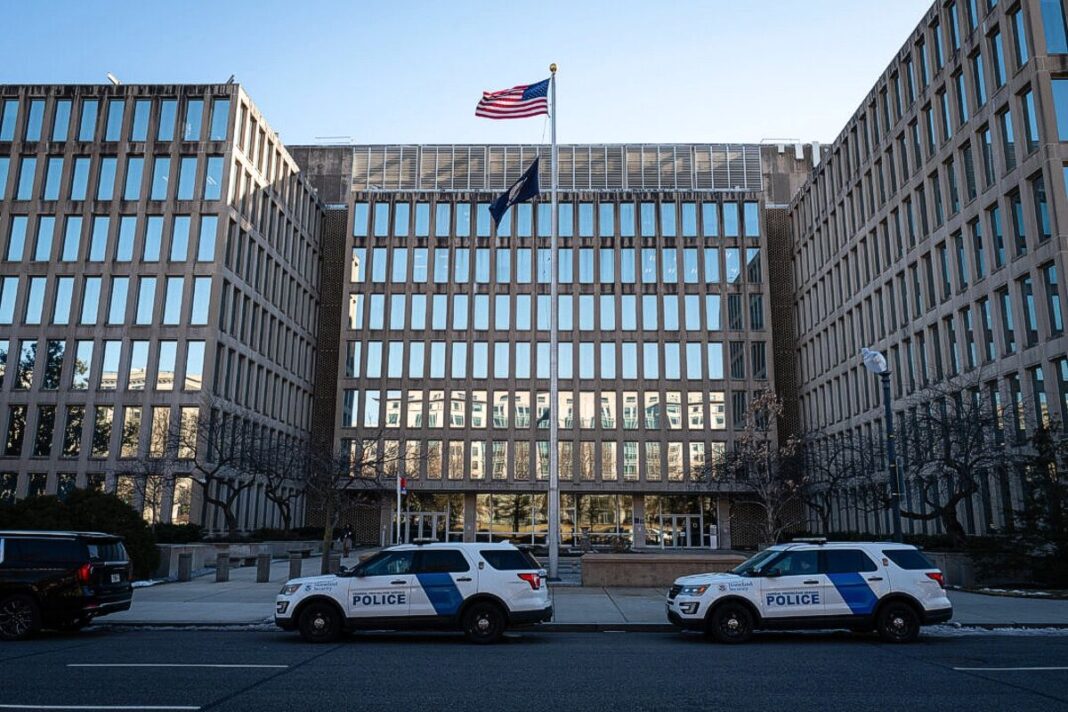He ordered the immediate reinstatement of some employees, and ordered OPM’s request be rescinded because of the possibility of more workers being let go.
A California district judge granted partial relief to some of the federal government’s recently terminated probationary employees who argued that their termination from various agencies was unlawfully ordered by the Office of Personnel Management (OPM) under the false cause of performance.
Senior District Judge William Alsup provided partial relief on Feb. 27 to the non-union organizational employees, ordering their immediate reinstatement to agencies including the National Parks Service, every agency within the Department of Veterans Affairs, the Bureau of Land Management, the Small Business Bureau, and the Department of Defense.
He also ordered that OPM’s request be stopped and rescinded, because of the possibility of more federal employees being let go under the request.
All union-representative employees who were terminated, he ruled, had to go through administrative processes like the Merit Systems Protection Board (MSPB) and the National Labor Relations Authority (NLRA).
Eight attorneys were present in the San Fransisco courtroom representing 10 union and non-union organizations, which were, in turn, representing hundreds of probationary employees who said their termination at their respective agencies came down as a direct order from Charles Ezell, acting head of OPM rather than lawful independent action with cause from their agency head.
They also argued the terminations caused immediate harm not only to the plaintiffs but others as well, saying that the terminations directly resulted in the closures of national parks, removing protections of threatened species, and leaving veteran affairs centers without critical staff.
One attorney was present for the federal government, and he argued that OPM’s correspondence to agency heads by email on Jan. 20, by phone on Feb. 13, and again by email on Feb. 14 was an unenforceable request rather than a direct order that came with threatening consequences.
OPM, he argued, asked agencies to review and determine whether the probationary employees, who are not guaranteed employment, were performing well enough to remain employed, and that only those deemed highest-performing and mission-critical should be kept.
He also disputed the court’s jurisdiction over the case, arguing the former employees had to first go through administrative processes like the Merit Systems Protection Board, and that these processes would allow both union and non-union organizations to intervene on the individual plaintiffs’ behalf.
By T.J. Muscaro









